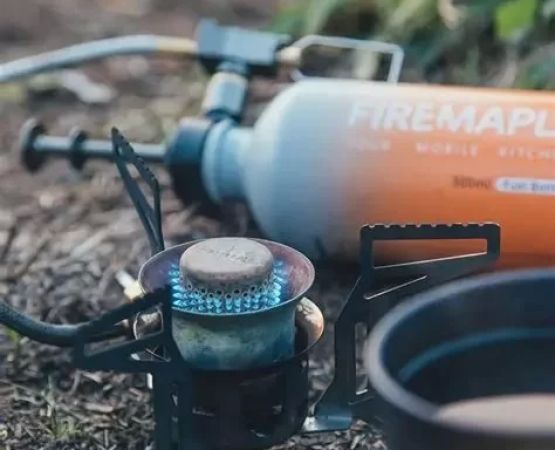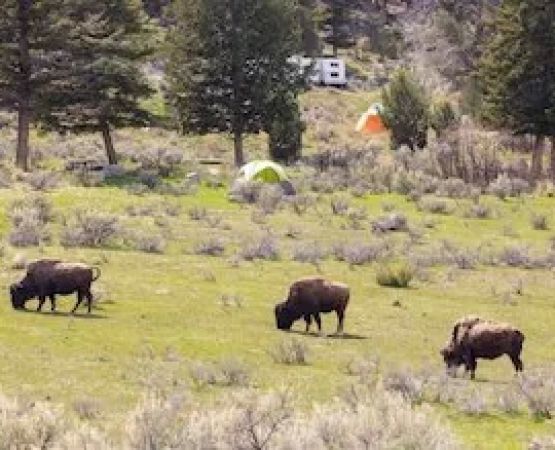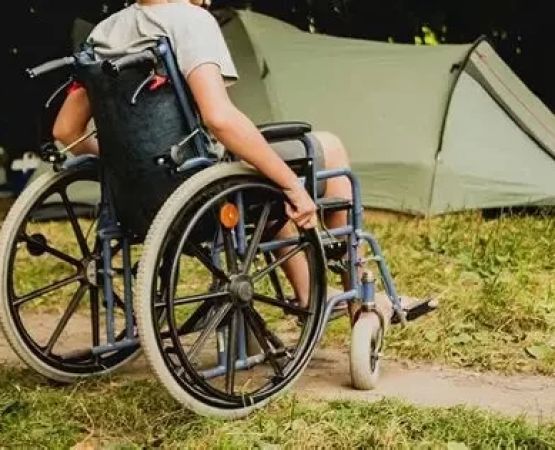- 1-understanding-the-principles-of-backcountry-sanitation-#backcountry-sanitation
- 2-why-backcountry-sanitation-matters-#why-it-matters
- 3-core-principles-of-backcountry-sanitation-#core-principles
- 3.1-pack-it-in-pack-it-out-#pack-it-out
- 3.2-human-waste-management-#human-waste
- 3.3-washing-and-water-sources-#washing-water
- 3.4-camp-kitchen-cleanliness-#camp-kitchen
- 4-real-life-stories-of-poor-sanitation-#real-life-stories
- 5-best-practices-for-travelers-and-campers-#best-practices
- 6-how-pine-cliff-resort-supports-sustainable-camping-#pine-cliff-resort
Understanding the Principles of Backcountry Sanitation
Venturing into the backcountry is an incredible experience, but it comes with responsibilities. One of the most important is understanding how to manage sanitation properly. The choices you make about waste, washing, and campsite cleanliness not only affect your own health but also the environment and other campers who come after you.
1. Why Backcountry Sanitation Matters
Poor sanitation in the outdoors can lead to contaminated water sources, spread of disease, and damage to fragile ecosystems. Unlike in cities where waste is processed and cleaned, what happens in the wilderness stays there for a long time. Practicing sanitation principles is essential to preserve nature and protect fellow adventurers.
2. Core Principles of Backcountry Sanitation
2.1 Pack It In, Pack It Out
Every item you bring into the backcountry, from food wrappers to hygiene products, should be packed out. Even small items like orange peels or cigarette butts can take years to decompose and spoil the natural beauty of the landscape.
2.2 Human Waste Management
Proper disposal of human waste is critical. In some areas, digging a small “cat hole” six to eight inches deep and at least 200 feet away from water sources is acceptable. In high-traffic or sensitive areas, pack-out systems like portable toilet bags are required. These practices prevent contamination of streams and soil.
2.3 Washing and Water Sources
When washing dishes or yourself, avoid using water sources directly. Instead, carry water at least 200 feet away and use biodegradable soap sparingly. Strain food particles from dishwater and scatter wastewater widely to prevent pollution and animal attraction.
2.4 Camp Kitchen Cleanliness
Food waste can attract wildlife, leading to unsafe encounters and long-term dependency. Store food in secure containers and clean cooking areas thoroughly after meals. A tidy camp not only protects nature but also ensures your group’s safety.
3. Real-Life Stories of Poor Sanitation
In 2022, a popular Utah canyon closed temporarily after hikers left behind large amounts of waste, contaminating water and making trails unsafe. This closure highlighted how a few careless campers can ruin the experience for hundreds. On the flip side, groups that adopted strict Leave No Trace sanitation left campsites so clean that rangers reported they could hardly tell anyone had been there.
4. Best Practices for Travelers and Campers
Always carry supplies like waste bags, biodegradable soap, and extra trash storage. Plan ahead for how you’ll dispose of everything you bring in. Sharing sanitation duties within your group ensures accountability and helps create a culture of respect for the outdoors.
5. How Pine Cliff Resort Supports Sustainable Camping
At Pine Cliff Resort, we encourage visitors to follow backcountry sanitation principles, even when enjoying our semi-wilderness accommodations. Our staff provides resources and tips for responsible camping, helping guests minimize their impact while still enjoying the beauty of nature. With our support, you can focus on making memories while knowing you’re preserving the environment for future generations.






